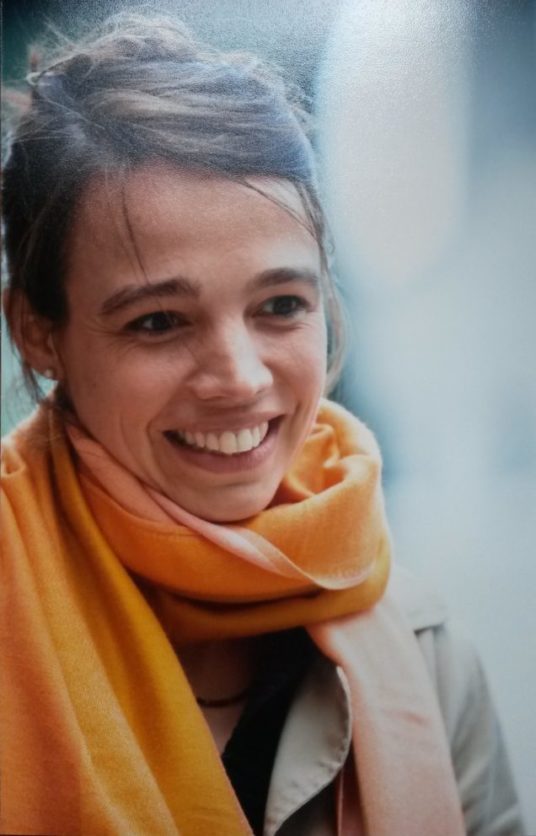UPCOMING EXHIBITIONS
September 2025: Group Exhibition 25 + 25 Jahre Ateliervulkanfiberfabrik, Werder Havel
in Werder Havel, August until October 2025
Oktober 2025: Kunst und textile Faser, Jakobskapelle Wredowstiftung, Brandenburg
CURRENT EXHIBITIONS
ABACABA – the exhibition with artist Nicole Heinzel is on view at Musikschule Werder Havel during weekdays and office hours.
Near Bahnhof Werder, Adolf-Damaschke-Straße 60, 14542 Werder (Havel), Katharina Forster shows image transfers on paper. A body of work which deals with memory, longing, rhythm and repetition.

ABOUT
Katharina Forster is an international artist living and working in Werder (Havel), near Berlin. She is one of the founding members of VulkanKunstWerke e.V., an association which showcases art exhibitions and hosts art events in rural areas. As a part of her profession, she runs art workshops with kids of all ages, youth and adults on assignment. She is a part of Klasse:Kunst für Brandenburg, an organization which seeks to cultivate aesthetic education for children in primary schools.
Katharina studied fine art at Ruth Prowse School of Art in South Africa. It was in Cape Town that she started her career as a freelance artist by initiating and coordinating One Day Art events, taking on commissions and participating in group shows. Before she enrolled to be a full time artist she trained as an occupational therapist and gained work experience for several years in the medical and social fields.
ARTIST STATEMENT
In my artistic practice, I mainly work with everyday materials – used tea bags, pieces of plastic, clothing labels, pennies. I collect things that most people throw away: Pacifiers, packaging from fat balls, advertising plastic toys. These objects fascinate me not only because of their colors and structures, but also because of their symbolic meaning – they stand for our abundance, our contradictions, our longing for sustainability and our actual actions. I see my art as an invitation to take a closer look, to question habits of thought, to endure contradictions and to allow alternative perspectives.
Our world is complex and chaotic. As an artist, I want to show this complexity through my work: by using different materials, by combining the beautiful and the broken, by holding contradictions without trying to resolve them.
I like to draw connections because I am fascinated by the diversity and interconnectedness of our world. Everything we do – no matter how big or small – has the power to affect others, whether nearby or far away.
I deal with the question: How do we want to live – and how does that fit in with what we do every day? My work is not instructive, but exploratory, tentative and polyphonic. I draw on a way of thinking that doesn’t want to resolve contradictions, but rather make them visible. For me, sculpture is the right medium for this: it encourages you to change your point of view, to move, to look at the whole in a new way again and again.
Working with my hands is central to my process. A process of repetition and care, like a quiet meditation. It’s through this act of making that a sculpture or object comes together. At the same time, my works are often fragile – maybe tlike the world itself: beautiful, complex, and vulnerable.
The objects and Sculptures I create ask viewers to slow down, look closely, and sit with contradictions. I don’t offer clear answers but invite reflection: How do we want to live? And how does that fit with what we actually do?
I see my art as inseparable from life. I find inspiration in daily life, in global events, and in the places I’ve called home – like South Africa, where I earned my degree. Its history and culture continue to influence my practice. My work often touches on social, economic, political, and environmental issues – not as a lesson, but as an exploration and an invitation to think, feel and shape our lifes. My life plan itself is a form of artistic practice: self-determined, socially integrated, socially aware and open to change. Not as a ready-made truth, but as an invitation to think, feel and shape.

